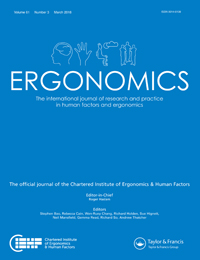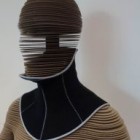Purpose: Identify location and intensity of discomfort experienced by healthy
participants wearing cervical orthoses.
Method: Convenience sample of 34 healthy participants wore Stro II, Philadelphia, Headmaster, and AspenVista® cervical orthoses for four-hour periods. Participants reported discomfort level (scale 0–6) and location.
Results: Participants reported mean discomfort for all orthoses over the four-hour test between ‘a little discomfort’ and ‘very uncomfortable’ (mean discomfort score = 1.64, SD = 1.50). Seven participants prematurely stopped tests due to pain and six reported maximum discomfort scores. Significant linear increase in discomfort with duration of wear was found for all orthoses. Significantly less discomfort was reported with Stro II than Headmaster and Philadelphia. Age correlated with greater perceived discomfort. Orthoses differed in the location discomfort was experienced.
Conclusion: Existing cervical orthoses cause discomfort influenced by design and duration of wear with orthoses’ design the more significant factor. This work informed the design of a new orthosis and future orthoses developments.
Practitioner Summary: The purpose of this study was to gain greater knowledge about the discomfort caused by wearing of existing neck orthoses in order to inform the design and development of a new neck orthosis. This study gathers empirical data from a surrogate population and concludes that orthosis design is more influential than the duration of wear.

 Sheffield Support Snood
Sheffield Support Snood